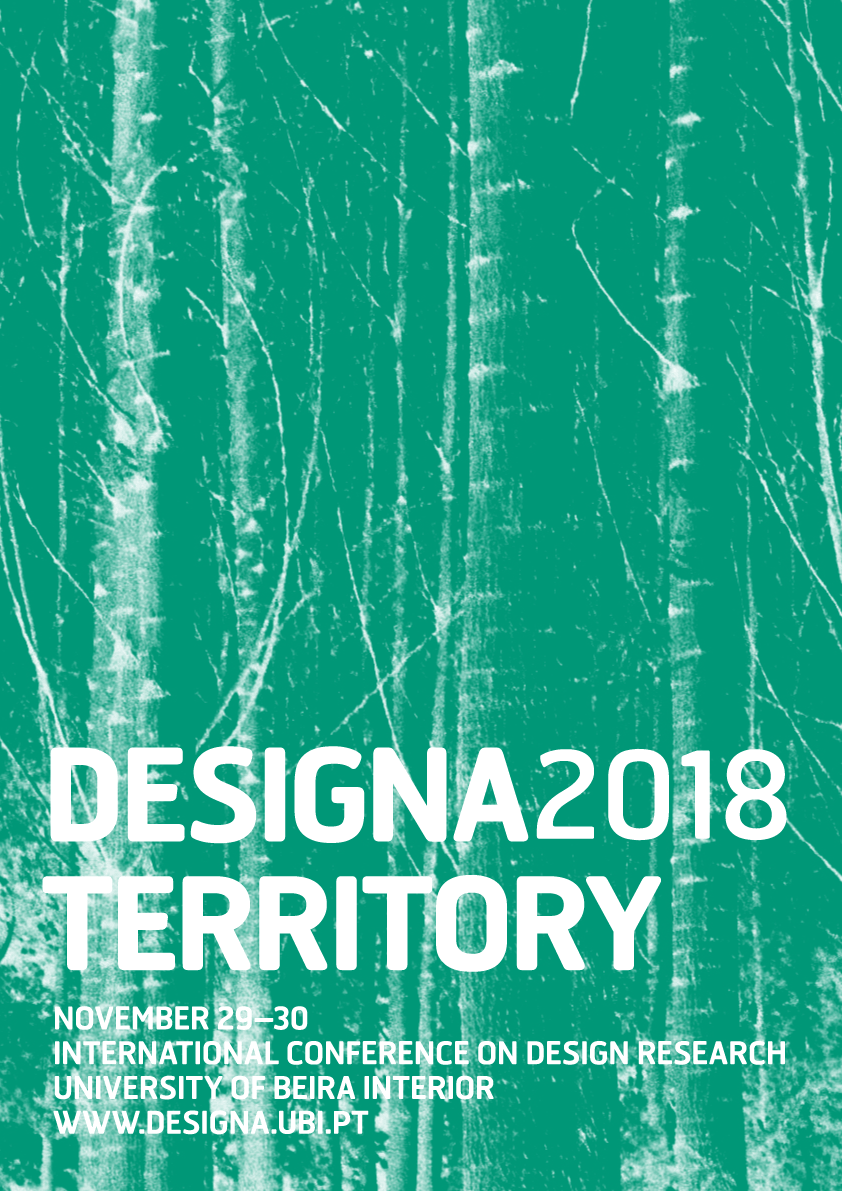DESIGNA celebrates its 7th edition in 2018, choosing to promote the debate and provide visibility to the ongoing research regarding the connection between Design and Territory, as well as its multiple and complex dimensions.
Design not only interacts with Territory, but it can also be one of the latter’s crucial transformation agents, due to the sizable and significant part it plays in the appreciation of local resources and contribution to identify and reveal the history, culture and predicates of communities where several of the products and services it projects are, in fact, generated. Regardless, Design’s role understandably pivots around the conceptual innovation and renovation of products, production procedures, communication strategies and overall services associated with general goods. Thus, its focus could actually be quite efficient when altering the perception which distinct agents from a certain value chain may nurture about the potential of very diverse territories, particularly through its ability to integrate different scopes of human activity, from agriculture to tourism, craftsmanship to science, gastronomy to the industry.
Contemporary Design and the myriad of knowledge and values it encompasses may easily facilitate the dialogue, as well as integrate and explore multiple dimensions from historically underestimated individuals and communities, both locally and within more cosmopolitan spheres. Design changes people’s lives, alters routines, shifts expectations, opens markets and, most of all, has the ability to – through the thought and projectual action that defines its practices – connect production’s several dimensions with the ones from distribution and fruition, as much in a local as in a global scale, bestowing them with a cultural purport.
Also, it is in concrete territories that transformation opportunities are created, through the development of actions and projects that are able to answer, from bottom up and in a participated manner, to the complex issues and restraints emerging from the operative social-economical models with an increasingly hegemonic propensity. Design can undoubtedly contribute to build alternatives there. On the other hand, the duo Design / Territory summons the topics from DESIGNA’s previous editions, particularly the ones concerned with Projectual Hope, un/Sustainability and Identity, although multimedia interfaces and the overall components from desire and lapse can also be easily reflected and detected in it.
DESIGNA’s 7th edition will also entail a few novelties, from an organic point of view. Its double blind peer review from abstracts and full papers will of course remain, but now under a renewed Scientific Committee. The decision to broaden the Conference’s Executive and Scientific Committees emerged from the need to effectively respond to the increasing support and adhesion from the extensive community of academics, researchers and designers that choose to participate in the event. We have launched the call for papers and projects, first as abstracts and afterwards in their final versions, in order to be able to print the Proceedings in time for DESIGNA’s dates. Departing from the 6 fields which, throughout its several editions, have given structure to the Conference, we have also defined an equal number of Working Groups / Thematic Sessions, each one supervised by a researcher from UBI / LabCom.IFP and assisted by an external delegate, in order to collectively shape the final program.
